Mol. Pharmaceutics 2024, 21, 9, 4576–4588
期刊:Molecular Pharmaceutics
作者:Michael A. Bellucci, Lina Yuan, Grahame R. Woollam, Bing Wang, Liwen Fang, Yunfei Zhou, Chandler Greenwell, Sivakumar Sekharan, Xiaolan Ling*, GuangXu Sun*
時間:2024-08-20
The use of different template surfaces in crystallization experiments can directly influence the nucleation kinetics, crystal growth, and morphology of active pharmaceutical ingredients (APIs). Consequently, templated nucleation is an attractive approach to enhance crystal nucleation kinetics and preferentially nucleate desired crystal polymorphs for solid-form drug molecules, particularly large and flexible molecules that are difficult to crystallize. Herein, we investigate the effect of polymer templates on the crystal nucleation of clotrimazole and ketoprofen with both experiments and computational methods. Crystallization was carriedout in toluene solvent for both APIs with a template library consisting of 12 different polymers. In complement to the experimental studies, we developed a computational workflow based on molecular dynamics (MD) and derived descriptors from the simulations to score and rank API–polymer interactions. The descriptors were used to measure the energy of interaction (EOI), hydrogen bonding, and rugosity (surface roughness) similarity between the APIs and polymer templates. We used a variety of machine learning models (14 in total) along with these descriptors to predict the crystallization outcome of the polymer templates. We found that simply rank-ordering the polymers by their API–polymer interaction energy descriptors yielded 92% accuracy in predicting the experimental outcome for clotrimazole and ketoprofen. The most accurate machine learning model for both APIs was found to be a random forest model. Using these models, we were able to predict the crystallization outcomes for all polymers. Additionally, we have performed a feature importance analysis using the trained models and found that the most predictive features are the energy descriptors. These results demonstrate that API–polymer interaction energies are correlated with heterogeneous crystallization outcomes.


